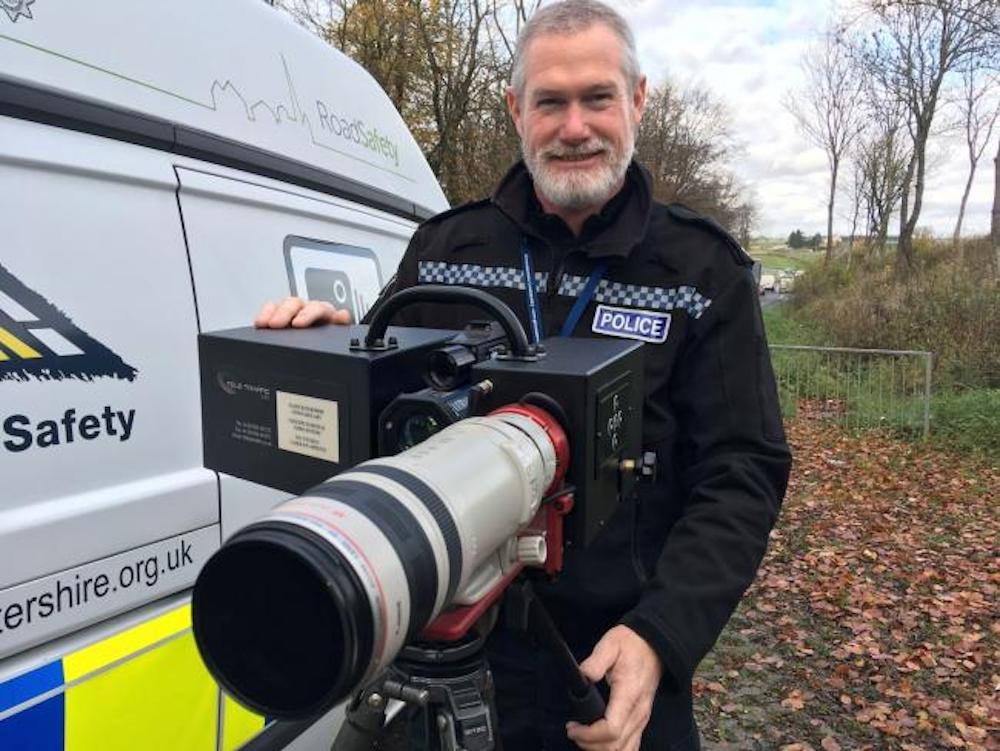A survey has found that most drivers are in favour of new, long-range camera equipment being used to catch motorists who break the law.
Gloucestershire Police tried out the cameras, which can spot lawbreaking drivers from up to a kilometre – nearly two-thirds of a mile – away.
Christened ‘the long eye of the law’ by officers, the test was centred on the A417, which has a 70mph limit. During the month-long initiative, they clocked 1,293 speeding offences – including 10 of 100mph or more. The highest speed recorded was 126mph.
A total of 32 other offences were spotted, including tailgating, using a mobile phone at the wheel, failing to wear a seatbelt, and not displaying a legal registration plate.
More than 1,200 vehicles were caught speeding in November on the A417 and A419 by our 1 kilometre long-range camera.
The camera, which is still operating, captures motorists driving dangerously between Gloucester and Swindon.
More: https://t.co/5r72P3DBOz#SafeSocialDriving pic.twitter.com/dh4Mtka1vh
— Glos Police (@Glos_Police) December 19, 2018
It wasn’t just about catching lawbreakers in the act, though – police were able to help 10 drivers who broke down and another 10 who needed help for other reasons.
A survey by the RAC afterwards found that the majority of drivers favoured wider usage of the cameras. Of 2,201 motorists polled, 59 per cent were in favour of the devices, with 28 per cent against and 13 per cent not expressing an opinion.
Of those against them, the majority (68 per cent) believed that catching drivers from a long distance held no deterrent value – unlike speed cameras and visible speed camera vans.
Others (44 per cent) thought that the use of long-distance cameras was unfair as drivers wouldn’t be able to see them in advance, while 35 per cent were concerned about privacy issues.
Gloucestershire police and crime commissioner Martin Surl said: “This is not about bashing the motorist. I’m just as pleased to see police were there to help drivers in trouble as well as being able to challenge those breaking the law.
“Many people have come to me with their concerns about speeding and other safety issues along this road. This is a new model of collaborative roads policing which, if it proves a success, can be put into practice elsewhere.”
RAC road safety spokesman Pete Williams said: “With dramatically fewer roads police officers on patrol these days, enforcement of multiple motoring offences via long-range camera could be seen as a more efficient use of police time, and something that is clearly very much welcomed by drivers who don’t break the law in these ways.”

